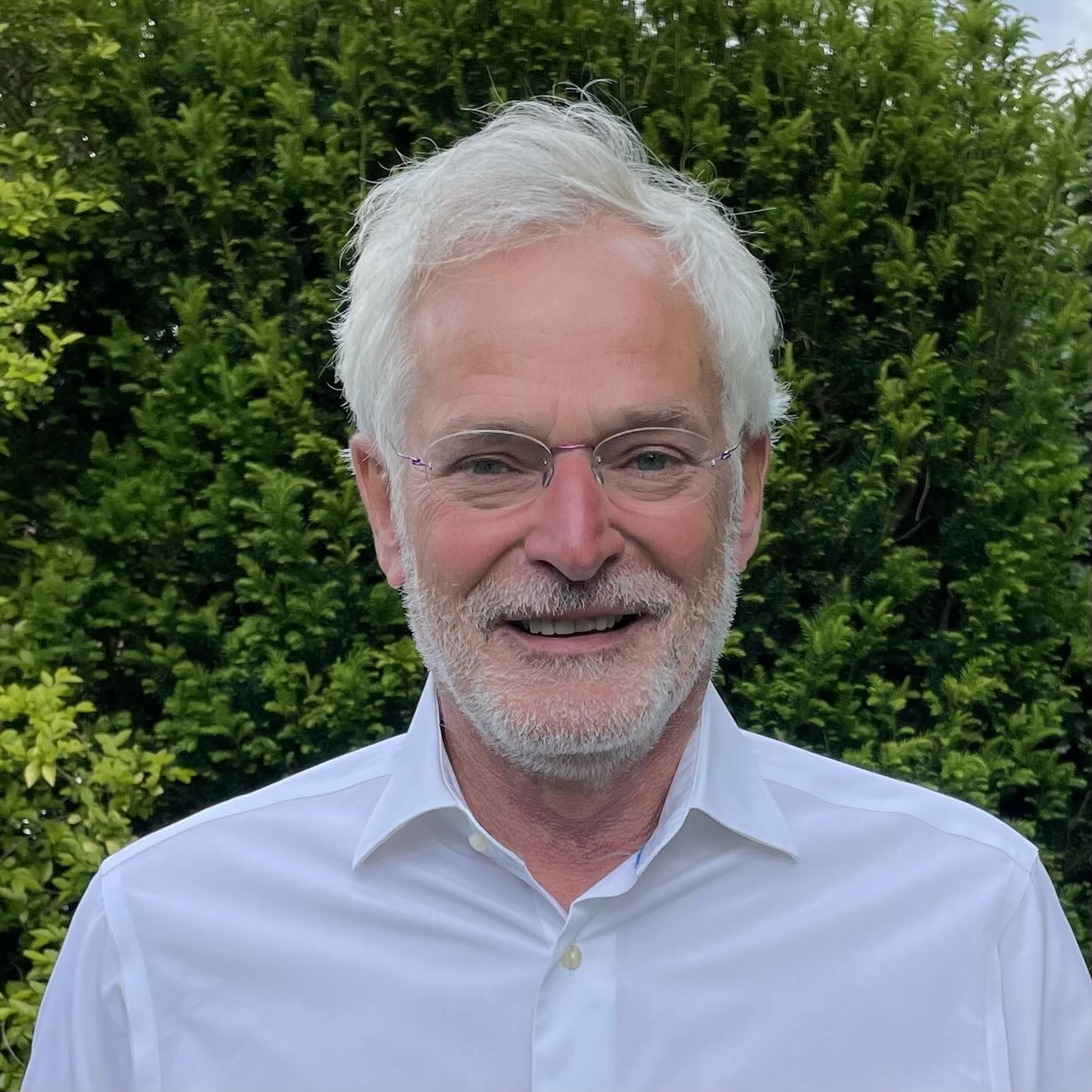1:Wintermeeting Crans Montana 2024 Programme & Abstracts
time Friday 19 January presenter 08:00-8:15 Registration 08:15-08:30 Chairmans welcome, introduction and practical issues Alain Borgeat 08:30-09:00 Why TIVA? An overview on aspects of patient outcome, oncology, and the environment. Nick Sutcliffe 09:00-09:30 The Eleveld model dissected Extended in the afternoon workshop…
